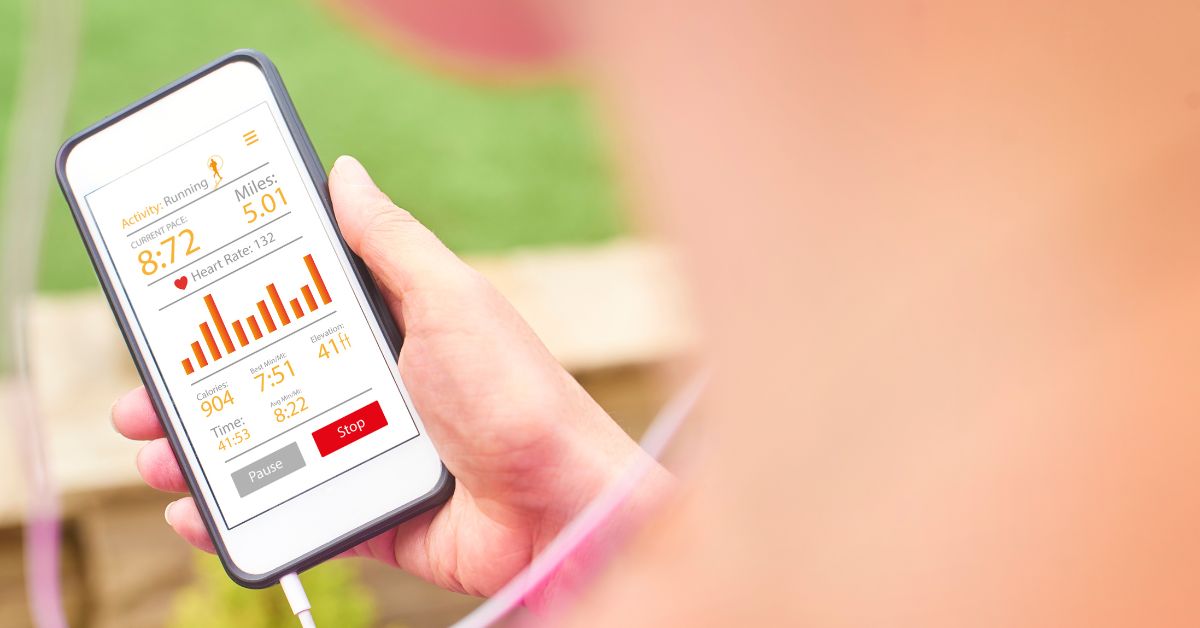
Brought to you by Topflight:
Staying fit and healthy is a priority for many people. With the rise of fitness app development, it has become easier to achieve your fitness goals through personalized and convenient solutions. When creating a fitness app, it’s essential to understand the key features that make it successful and engaging (meet the Topflight research).
What Are the Main Features of Health and Fitness App Development?
It’s crucial to incorporate the following features to create a gym app that resonates with users:
- User Registration and Profiles: This allows users to create personalized accounts, input their fitness goals and preferences, and track their progress over time.
- Exercise Library and Workout Plans: Provide a comprehensive library of exercises with video demonstrations, instructions, and the ability to make customized workout plans tailored to individual needs.
- Progress Tracking and Analytics: Enable users to monitor their progress by tracking metrics such as weight, measurements, workout performance, and calories burned, providing visual representations through charts and graphs.
- Calorie and Nutrition Tracking: Integrate a feature that allows customers to log their daily food intake, track macronutrients, and receive personalized dietary recommendations based on their fitness goals.
- Wearable Device Integration: Seamlessly integrate with popular fitness trackers and wearable devices to sync data and provide a comprehensive overview of users’ fitness activities.
- Social and Community Features: Foster a sense of community by allowing users to share their achievements, connect with friends, join challenges, and participate in discussions within the app.
- Gamification Elements: Incorporate gamification features such as badges, rewards, and leaderboards to motivate users and enhance engagement.
- Personalized Coaching and AI Integration: Leverage artificial intelligence to provide personalized coaching, form correction, and real-time feedback based on users’ performance and goals.
- Push Notifications and Reminders: Send timely reminders and notifications to encourage users to stick to their fitness routines and stay motivated.
How to Create Your Own Workout App
When it comes to creating your own workout app, the key is to provide a comprehensive and personalized experience that caters to the specific needs of your target audience. To create a successful personal trainer fitness app, follow these steps:
- Define Your Niche and Target Audience: Conduct a market survey to identify your target audience’s specific fitness goals and preferences. It will help you tailor the app’s features and content accordingly.
- Plan the App’s Features and Functionality: Based on your research, outline the essential features your personal trainer fitness app should include.
- Develop the App: Assemble a skilled development team or leverage reputable app development platforms to bring your vision to life. Ensure that the application is compatible with both iOS and Android operating systems.
- Integrate Expert Guidance: Partner with certified fitness professionals, nutritionists, and health experts to provide credible and tailored advice within the app. This will enhance the app’s credibility and appeal to users seeking professional guidance.
- Test and Iterate: Conduct thorough testing to identify and resolve any bugs or usability issues. Gather feedback from a diversified group of users and incorporate their suggestions to improve the app’s functionality and user experience.
- Implement a Solid Marketing Strategy: Develop a comprehensive marketing plan that includes social media campaigns, influencer collaborations, and targeted advertising to raise awareness and attract users to your personal trainer fitness app.
- Continuously Update and Improve: Fitness trends and user preferences are ever-evolving. Regularly update your app with new features, exercises, and content to keep users engaged and maintain a competitive edge in the market.
How Much Does It Cost to Create a Fitness App?
The price of creating a fitness app can vary significantly depending on various factors such as the app’s complexity, features, design, development team, and ongoing maintenance. Basic fitness apps with limited features may cost around $10,000 to $50,000, while comprehensive apps with advanced features like AI integration, wearable device compatibility, and personalized coaching can range from $50,000 to $150,000.
Some Ethical Fundamentals
When creating a gym app, ethical considerations are aimed at ensuring that the app serves its users responsibly. One of the primary concerns is user privacy and data security, especially as such apps often collect sensitive personal information, including health metrics and location data. It’s crucial to implement robust data protection measures and be transparent with users about how their data is collected, used, and shared.
The app should promote inclusivity and accessibility, offering features that are usable by people of varying fitness levels and abilities. Misleading users with unrealistic promises about health outcomes is another ethical pitfall; the app’s content should be vetted for accuracy, and it should promote healthy, achievable fitness goals.
Considering the potential for body image issues, developers should be mindful of how the app portrays fitness success and avoid content that might encourage unhealthy body standards.
These ethical guidelines not only ensure compliance with legal standards but also build trust with the user base, enhancing their overall engagement with the app.
Conclusion
Fitness app development has revolutionized how people approach their health and fitness goals. By leveraging the power of technology, personal trainer apps offer personalized guidance, motivation, and convenience, making it easier for individuals to stay committed to their fitness journeys. As the demand for fitness apps continues to rise, investing in fitness app development can be a game-changer for businesses and entrepreneurs alike.
About the Author
Priya Raeesa is an experienced mobile app developer with a flair for simplifying complex concepts. Her articles aim to demystify the app development world and empower others to create innovative mobile solutions.